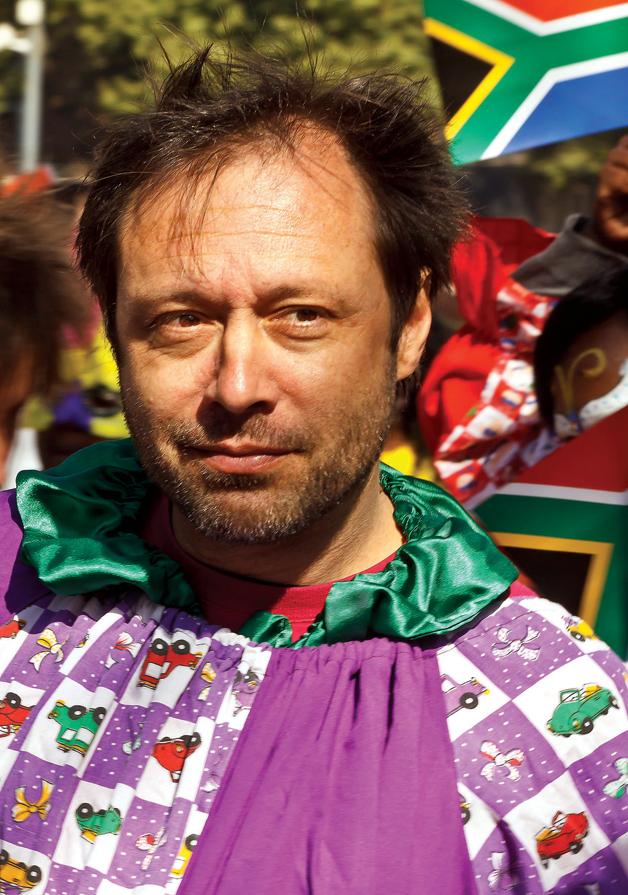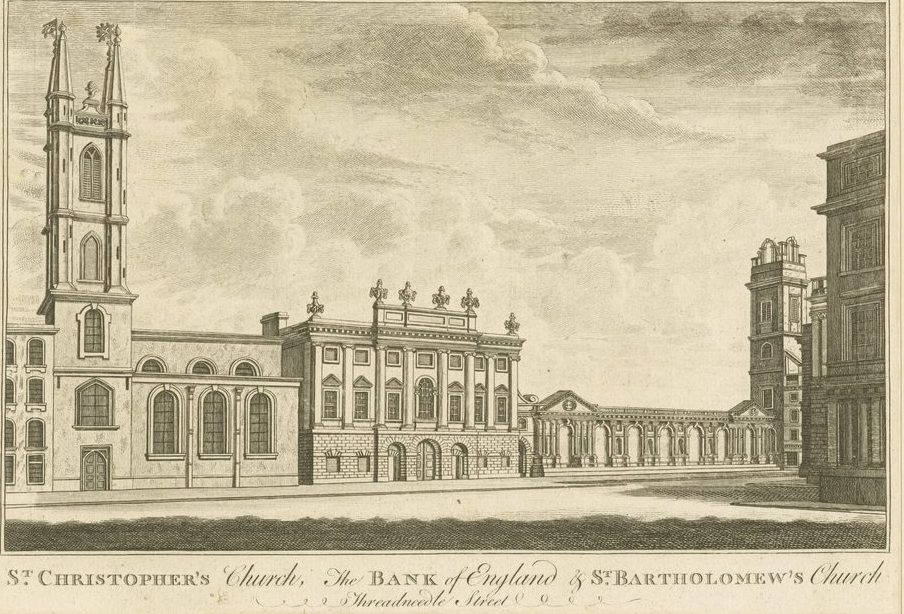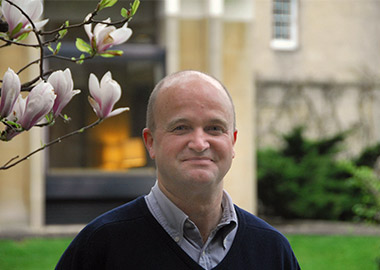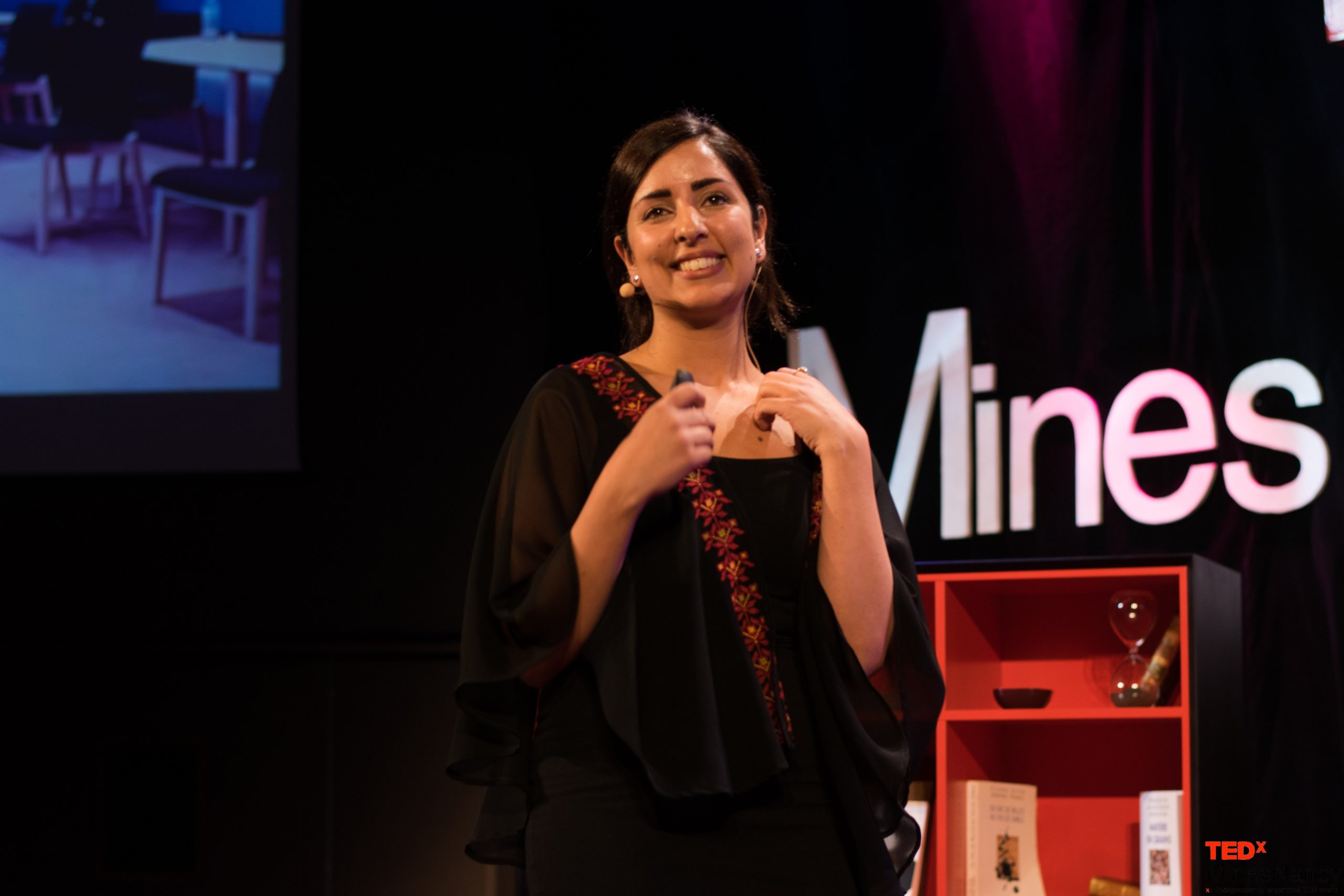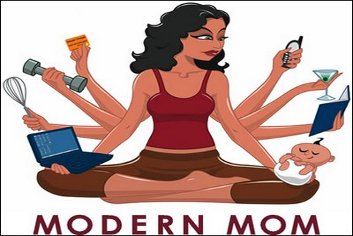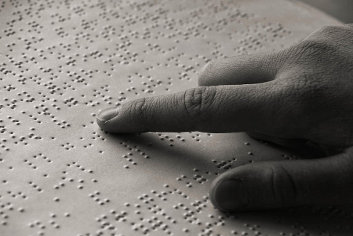
We have a climate emergency. Regardless of where one stands on this issue – this is our ‘inconvenient truth’. Yet the power to reach people has never been greater. Close to 3.2 billion people today are online, about 2 billion are from developing countries and over 89 million from least developed countries.1 Our currency today lies is in our culture, our capacity for mass mobilization and in the immense untapped power of our global neural network. We can literally put our heads and hearts together on this one!
Yet, why do the majority seem paralyzed by the daunting challenge of tackling climate change? How do we move humanity beyond the denial and doom? How do we begin making changes in our daily lives to help us all not only thrive but literally survive? We are on the verge of extinction. Humanity has wiped out 60% of mammals, birds, fish and reptiles since 1970, and the world’s experts warn that the annihilation of wildlife is now an emergency that threatens our very civilisation.2
It is getting harder to deny the truth that our consumption patterns are directly responsible for what’s happening. The biggest cause of wildlife losses is the destruction of natural habitats, much of it to create farmland to support our lifestyles. Those of us tapped into the truth have a moral obligation to educate others about this crisis and get them to act. We desperately need a climate culture – a means by which we engage, communicate and create solutions to live sustainably. Culture gives us a language that transcends barriers and enables us to communicate about these issues within our families, communities and with our indigenous elders. When we look at certain indigenous cultures, such as the Inuit people, for example, we see they have over 50 words for snow.3 Linguists explain that this kind of linguistic diversity, demonstrates how languages evolve to suit the needs of their speakers. “These people need to know whether ice is fit to walk on or whether you will sink through it,” says linguist Willem de Reuse, “It’s a matter of life or death.”3
Our culture however, does not seem to have caught up with our environmental reality. There is a dire need support and accelerate this process, says Mbiango. Culture as we refer to it here is defined as ‘a way of life of a group of people –the behaviors, beliefs, values, and symbols that they accept, generally without thinking about them, and that are passed along by communication and imitation from one generation to the next.’ Culture is symbolic communication. So why are we not moving more swiftly on the climate agenda? Why are Europe’s youth taking to the streets demanding change while the rest of society seems to be moving so sluggishly?
It is said that we are experiencing “climate or ecological grief’4 which captures the feelings of loss, anger, hopelessness, despair and distress caused by climate change and ecological decline. This feeling of loss is impacting our psyches and mental health, but also making many realize that this means we will all need to make changes in our lifestyles and eating habits, which can lead to further denial and paralysis. In addition, “climate change and environmental movements have long been criticised for trying to motivate the population through negative narratives and doomsday scenarios and we have seen much of the movement shift in recent years towards more positive narratives of climate hope,” explains Rob Law in his recent OpEd in the Guardian.4
Climate Hope & The Timeless Power of Art
In turbulent times we often turn to the artists and creatives to nurture our inner selves and help us construct and imagine new realities. Artists have been using the power of art for climate action for centuries. The Great Wave off Kanagawa by Japanese artist Hokusai (c. 1829–33) has been interpreted as a warning about tsunami risk. In an era of increasing natural disasters, art can communicate the future risks we face and inspire people to think about disaster risk and resilience in ways that science, data and numbers cannot.
As Leonardo DaVinci said “Art is the queen of all sciences, communicating knowledge to all the generations of the world.” Art and culture thus have an immense role to play in educating and mobilising civil society towards climate action. “When we look around our cities, we are bombarded with ads for consumer and luxury products – this push to consume, observes Mbiango, is what has created this climate disaster to begin with. In his view, we need to use similar tools and thinking to reverse this trend, impelling people to collective action. “We are missing the visual and cultural language needed to communicate about the climate, which can empower families, communities and influencers to demand change and resources from their policymakers and governments,” says Mbiango. At its core, it is about reminding us of our organic unity – and about respect, reverence and love,” he says.
Why the Climate Change Collection?
Mbiango’s work speaks nostalgically to our primal intelligence, engaging us in a conscious reflection about our collective evolution. His “Climate Change Collection” is a response to the accelerating environmental degradation we are facing and have imposed upon nature and all wildlife. The artist’s goal with this collection is to shift the traditional climate change narrative of impending doom, to a more positive one of reverence and deeper reflection through ‘embodied cognition.’ In this series, he invites viewers to experience these awe-inspiring feelings of interconnectedness with nature through his vivid, interposed imagery. In doing so, he seeks to spark conversations across generations and geographies to spur collective action and draw attention to the dire need for restoring balance with nature. Mbiango lived in the Congo as a child, it is where he first became conscious of the environmental degradation and exploitation of resources affecting his father’s people and land. Through his work, he also aims to engage young people in this vital discussion, for they are the leaders whose climate consciousness needs to be nurtured.
Mbiango finds inspiration in esoteric concepts, vintage photographs and scientific illustrations. He transforms this material into a new language in which colors, textures and geometry are used to reflect the eternal dance between man, woman and nature. He implicitly understands the importance of finding a visual voice or resonance. He does so by a focused meditation on a particular theme. He then transfers and blends symbols and images onto fabric, canvas, wood and recycled materials. Each medium he uses involves meticulous studies of layering and light, evoking ancestral spirits and voyages through time.
Rooted in Social Justice
Every conceivable culture in which the artist feels he can trace himself finds its way into his musings, keeping his practice in a constant state of growth and experimentation. The sensitivity of his work stems from Mbiango’s African roots — his father was President of the Supreme Court of Congo while his mother was a nurse. His grandmother, a master in ikebana, the Japanese art of flower arranging was a major influence. They shared a passion for geology and collecting minerals together when he was young. This rich cultural exposure led to a deep veneration for the land, indigenous wisdom and how it should inform our collective future. He pays tribute to timelessness – where imagination and reality intersect.
Mbiango divides his time between Brussels, New York and Miami. He has mastered his own technique utilizing multiple production methods, including image transfer and mixed media assemblage, applied meticulously by hand. His body of work explores themes encompassing memory, history and socio-political realities. Ultimately, they reflect a collective yearning for transcendence.
The Artist as Futurist – Towards a Collective Consciousness
Mbiango’s work is informed by a deep passion for innovative thinking and the work of futurists like Elon Musk, Buckminster Fuller and theologist Teilhard de Chardin who set down the philosophical framework for planetary, net-based consciousness over 50 years ago. Chardin foresaw the development of the internet, but described it as a “noosphere” – literally, “mind-sphere” or a thinking layer containing the collective consciousness of humanity which will envelope the earth. He realized that everything around him was beautifully connected in one vast, pulsating web of divine life. He likened this global infrastructure to “a generalized nervous system” that was giving the human species an “organic unity.” His artistic practice reflects these rich notions of human connection emerging.
In Mbiango’s view, mirrors – are the means through which we see ourselves. However, mirrors, he argues exist in our minds as well. ‘Mirror neurons’ fire in our brains when a person acts and another person observes the same action being performed by someone else. This act is connected to our own human evolution. Modeling the behavior of others is how we learn. Studies have shown that similar physiological changes occur when we are observing art. When one looks at a profound piece of art, neuroscientist have demonstrated that we are firing similar neurons as the artist when they created it – thus paving new neural pathways and stimulating a state of inspiration which the artist experienced while making the work. This sense of being drawn into a work of art is called “embodied cognition.” This is why he creates as he does.
Regenerative Approaches & The Physics of Interconnectedness
Mbiango’s artistic practice is also informed by science, as the artist begins his creative process through inquiry and focused study, observing patterns and gaps between visual and scientific thought across cultures and traditions. He then intuitively incorporates elements of ancient knowledge, through imagery and symbols, which form part of his vast archives. This organic weaving of ideas, materials and processes creates indefinable works that are emotive and thought provoking because they deliberately transcend recognized classifications.
He recognizes the need for a massive shift in consciousness catalyzed by our shared culture. These new approaches are about “using the very principles of nature to reorganize our society around human values of equality, sustainability and sense of community, says Jeroen van Dijk, Dutch researcher in process physics5and consciousness. It’s about helping reshape our economy so that it starts following the principles of sustainable ecological networks. This regenerative approach is rather different from the current nature-exhausting model of “overconsumption-based capitalism,” which tends to drain, deplete and undermine its own resources.” “This approach, van Dijk explains, basically models reality as a giant network of mutually related activity patterns that, on multiple levels (i.e., the microcosmic, mesocosmic and macrocosmic level) that will spontaneously self-organize into a neural network-like manner.” In essence, this thinking provides scientific evidence of the interdependence of our systems and the need for solutions to take regenerative approaches into account.
Envisioning a culture of sustainability
While humanity grapples with new models of sustainable consumption, Mbiango considers quantum leaps in understanding through art. It begins with creating a culture for our climate, which is evolving and dying as we are. As Anjuli Pandit UK Head of Corporate Sustainability at BNP Parisbas has observed, climate change is missing from mainstream culture. “It’s not reflected in art, fashion, movies, music or in museums and public spaces. It’s a subject matter, missing from culture altogether although the materials used to create everything we consume, including art, all come from natural sources — all of which are also dying.” The beauty of Mbiango’s pieces are that they mix the social with the environmental conversation on climate change. It evokes heritage and tradition as well as natural beauty,” she underlines. Art emotionally, socially and biologically brings us together to fuse a spark of empathetic connection that drives us to unite to create social change. Mbiango’s mission, first and foremost, is one of creation – driving us to connect to the essence of what makes us human. His hope is to inspire partnerships, which continue to move local communities and citizens to take action in protecting the planet.
Mbiango has been recognized for his pioneering work by The Institute for the Future, Palo Alto and his work has served to support global advocacy across the private and public sectors including with: BNP Parisbas, Women Deliver, The World Bank’s Climate Investment Fund (CIF), UNICEF, UN Women, Leonardo DiCaprio Foundation the David Lynch Foundation and the World Economic Forum. His artwork has also been acquired by various corporate and private collections.
Creating a culture for climate…
Achieving this change isn’t as daunting as it seems, it’s about integrating the climate conversation into our daily lingo, the way we do discussions on social class and race. It’s about engaging artists and creatives worldwide to:
- Write climate change into your movie scripts
- Sing, rap and chant it into your lyrics
- Tell the stories of climate refugees in your comedy shows/sitcoms
- Include traces of what we are losing within your fabrics
- Design it into your latest fashion…
- Reflect it in your art and in all creative industries, so that the climate is at the heart of our culture
Mbiango leads by example and is relentless in his quest to spread awareness about climate change. He recently took his activism to the streets on digital screens across New York City and in the iconic Oculus in the World Trade Centre. He hopes to incite waves of change by getting others of all ages and backgrounds to bring their creativity and passion in support of the climate movement.
Developing a culture of climate is the key to our evolution. If we succeed in making this cultural shift, then we stand a chance of regenerating our planet and creating a more sustainable earth for us all.
References
1.Wikipedia [online] (2019) Global Internet Usage: Global Internet usage
2. Carrington, Damian, The Guardian [online] (2018) “Humanity has wiped out 60% of animal populations since 1970, report finds. Humanity has wiped out 60% of animal populations since 1970, report finds
3. Robson, David, The Washington Post [online] (2013) “There really are 50 Eskimo words for ‘snow’”. https://www.washingtonpost.com/national/health-science/there-really-are-…
4. Law, Rob. The Guardian [online] (2019) https://www.theguardian.com/commentisfree/2019/may/09/i-have-felt-hopele…
5. Process physics has been developed by the Australian professor of physics Reginald Cahill and his team. http://www.flinders.edu.au/science_engineering/caps/research/physics/pro…

